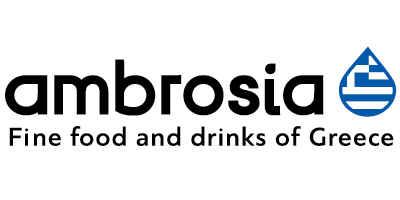Galaktoboureko, baklava, ravani and so on. Greek oven-baked sweet treats offer their fair share of sinful pleasure not only in local pastry shops, but in delis and stores all across the globe, as well.
Aromatic herbs have always been a staple in Greek diet and everyday life —especially considering the country’s rich and unique flora.
Raisins or currants, as they are also called, have been cultivated for many centuries in specific areas in Greece, where the cultivar thrives and prospers.
The island of Naxos is home to some unique products, such as the intense and flavorful “Arseniko” cheese, which was just recently listed by the EU as a PDO denomination.
There are literally hundreds of grape varieties in Greece. And no wonder, since the Greek vineyard is one of the oldest in the world and has produced wines for thousands of years.
As scientists call for more bean and lentil production in Europe to contribute to the EU Green New Deal Farm to Fork objectives, and consumers are looking for more sustainable, nutritious and plant-based food solutions, pulses are coming increasingly into the limelight. And Greek pulses are seeing a much-needed revival.
Greek Diet is a centuries-old eating lifestyle that offers countless health benefits, and forms the foundation of what is called the Mediterranean Diet.
Most commonly used as an ingredient in Middle Eastern dishes, tahini's flavor and versatility –not to mention its superfood status– also make it an ideal element in innovative dishes, both savory and sweet, especially created for the savvy, health-conscious consumer.
Japan is a country where retail sales in the food and beverage market are estimated at a whooping 400 billion euros, while its low food self-sufficiency makes it a major importing destination.
The perfect “partner” to any food and not only souvlaki, Greek pita bread combines culinary creativity with versatility, and tradition.




























